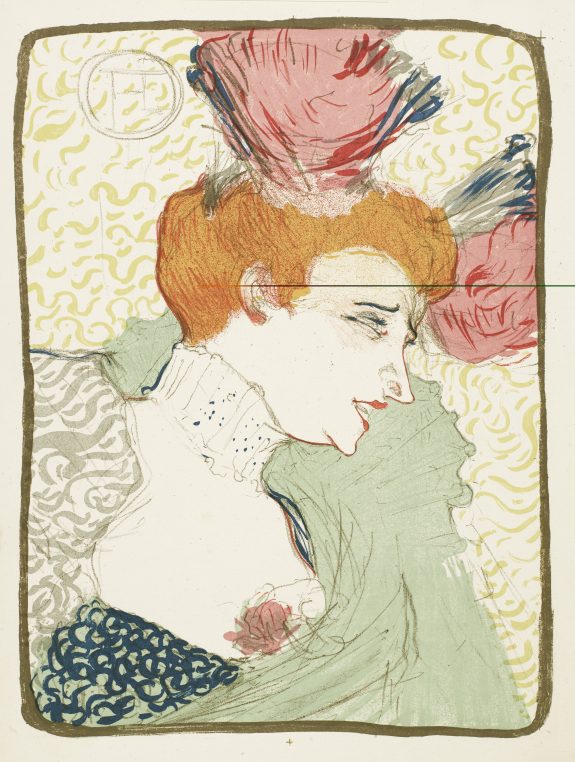
Mademoiselle Marcelle Lender, en buste, 1895, Lithograph 8 colors, collection particulière, photo Peter Schälchi
It was great fun on the train to Martigny, Switzerland, to meet a « cousinade » of Turckheims, a famous Protestant family from Alsace. The 50 cousins were all meeting in Verbier for the first week end of snow of the season and had planned to visit the Toulouse Lautrec show at Fondation Pierre Gianadda as part of their reunion. For the 16 th exhibition curated there by Daniel Marchesseau, « Toulouse Lautrec à la Belle Epoque, French Cancans », the ambiance was jolly and the red background for the amazing estampes, was a reminder of Montmartre at the turn of the century.
Henri de Toulouse Lautrec is one of these dramatic artists who died too young (at 36) and flew through life with passion and genius, greatly influencing his contemporaries including Pablo Picasso with over 700 paintings. His aristocratic parents were first cousins and he thus inherited a bone disease which meant that his legs could not grow. When both his femurs broke at the early age of 15, he spent months in bed and started drawing and painting under the teaching of René Princeteau, a deaf and dumb friend of his father’s.
When he moved to Paris at 18, he settled in Montmartre, a « village » where workers, on the Haussmann project of redesigning Paris, used to live and entertain themselves in the numerous brothels. Lautrec lived for two years in one of these houses, becoming a friend of many girls and painting them in their true intimacy. He was very funny and charming and had numerous relationships with dancers and singers as well of writers and other male friends.
What I learned in this exhibition, besides his great appetite for sex, wass his extreme kindness and respect for all the ladies of the street. He developed this study in 1896 in « Elles », a series of prints collected in a book, depiciting the young ladies of rue des Moulins. There are many lesbian relationships among them and May Belfort and May Milton are one example.
But to see this exhibition as just one erotic show would be a mistake. What is most surprising in this private collection (the European owner wants to remain secret) of over a hundred prints, is their size (Marchesseau says that Lautrec was so tiny that he needed to create big works), the refinement of the colors and their modernity often due to the influence of Japanese prints.
Like Monet, Lautrec collected the sheets of Japanese prints which arrived in Holland as wrappings for ceramics and china cups from Japan. They could be bought for very little money and this is how Hokusai and other Japanese artists entered the collections of impressionists painters.
Flat areas of color, contour lines and voids create the strength of Lautrec’s prints. Very popular in his themes and very refined in the creativity process, he creates a new style that will influence many of his friends. A contemporary of Degas and Van Gogh, Emile Bernard and Maurice Denis, he will die before everyone and influence them, pushing the art of lithography very far.
In the ten last years of the 19 th century, he uses complete freedom to express his love of life. Many texts are quoted in the exhibition by poets and writers, expressing a truculence that would be censured today ! He dies in 1901 after having been interned in Docteur Blanche’s clinique, from which he was allowed out only after showing his drawings to the doctor who realised he was not mad in any way.
He worked extensively for magazines and artistic papers like la revue Blanche published by Misia and Thadée Natanson. He also contributed to an American magazine published in Cambridge, Mass, The Chap Book where Henry James and Hawthorne were contributors.
Besides his 80 works, Fondation Pierre Gianadda shows a Swiss collection of portraits by photographer Nadar and lithographs by Mucha, Steinlen, Bonnard, Vallotton and a painting by Louis Anquetin.

Photographed by Nadar, Henri de Toulouse Lautrec, was born in Albi in 1864 and died in Gironde at his mother’s house in 1901
This exhibition is, thanks to the personality of its curator, naughty and fun, it is a very unpolitically correct show of aesthetics and love, a true portrait of Gay Paris, a hundred years ago. (Until June 10, Fondation Pierre Gianadda, in Martigny)
Share this Post

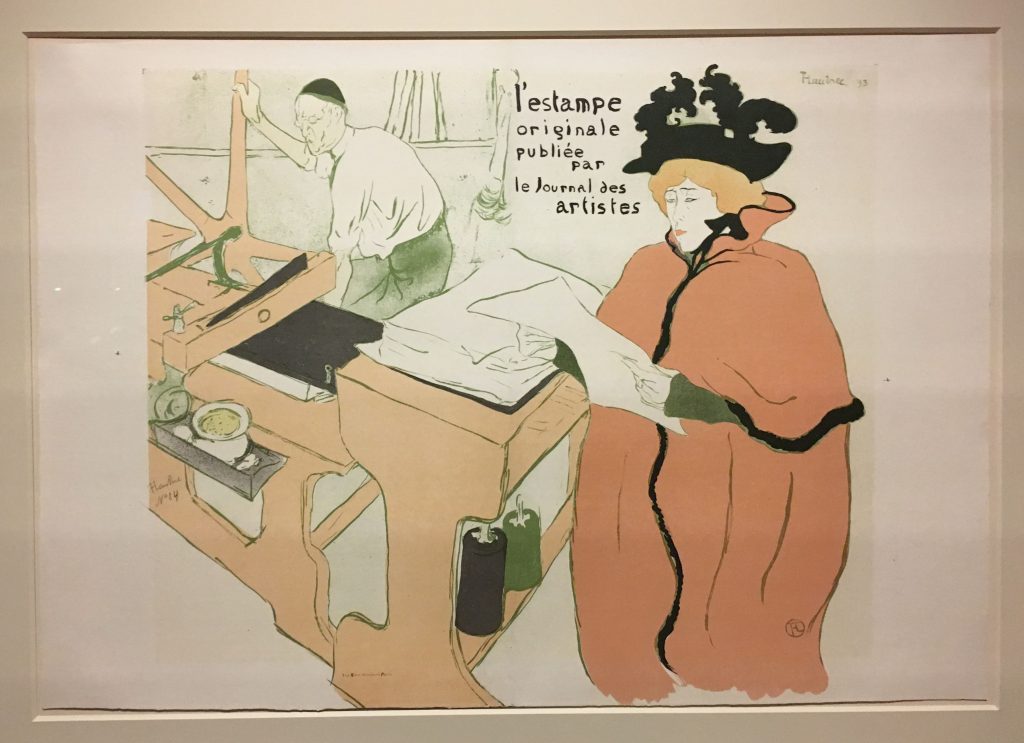
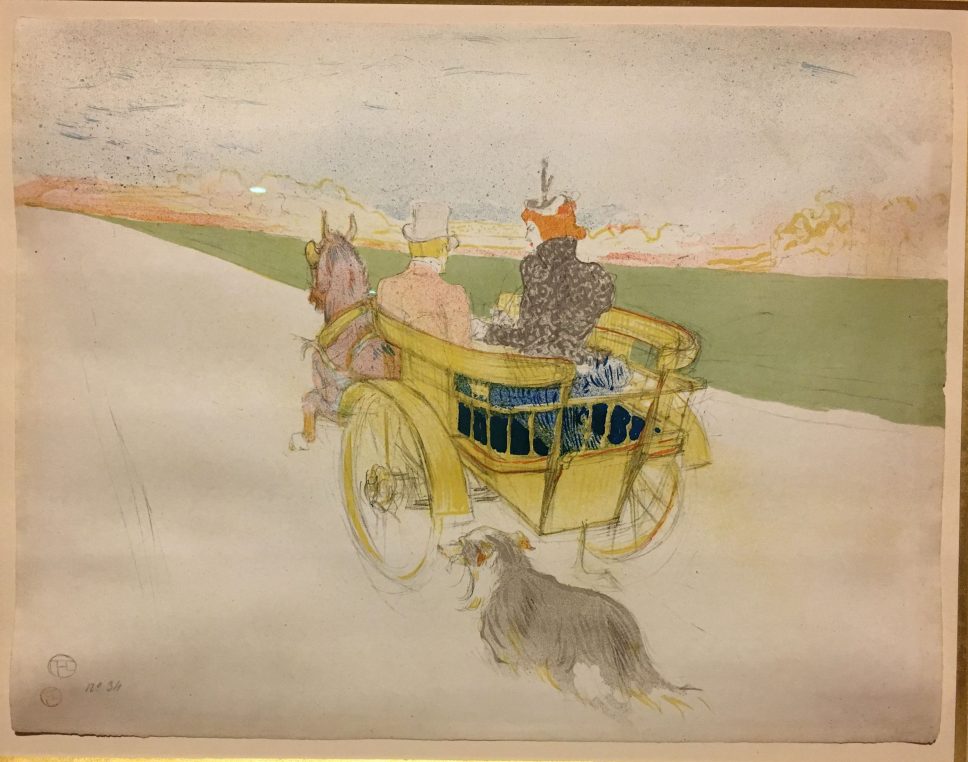

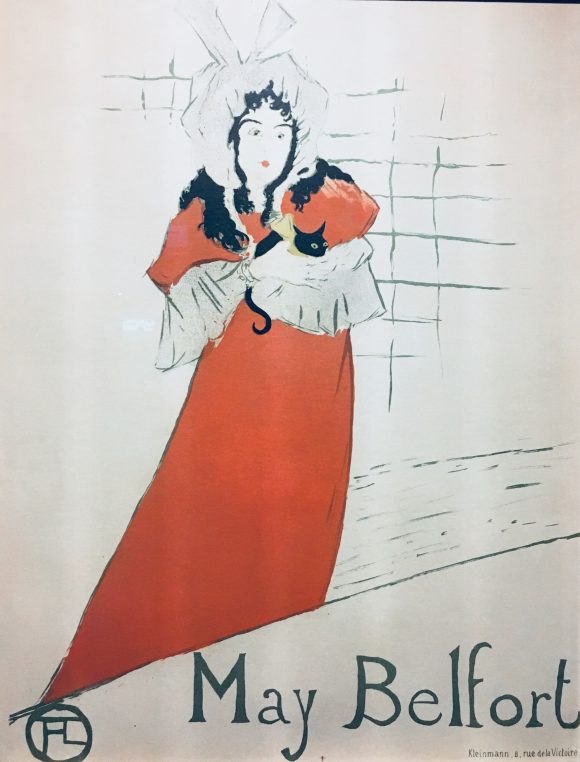


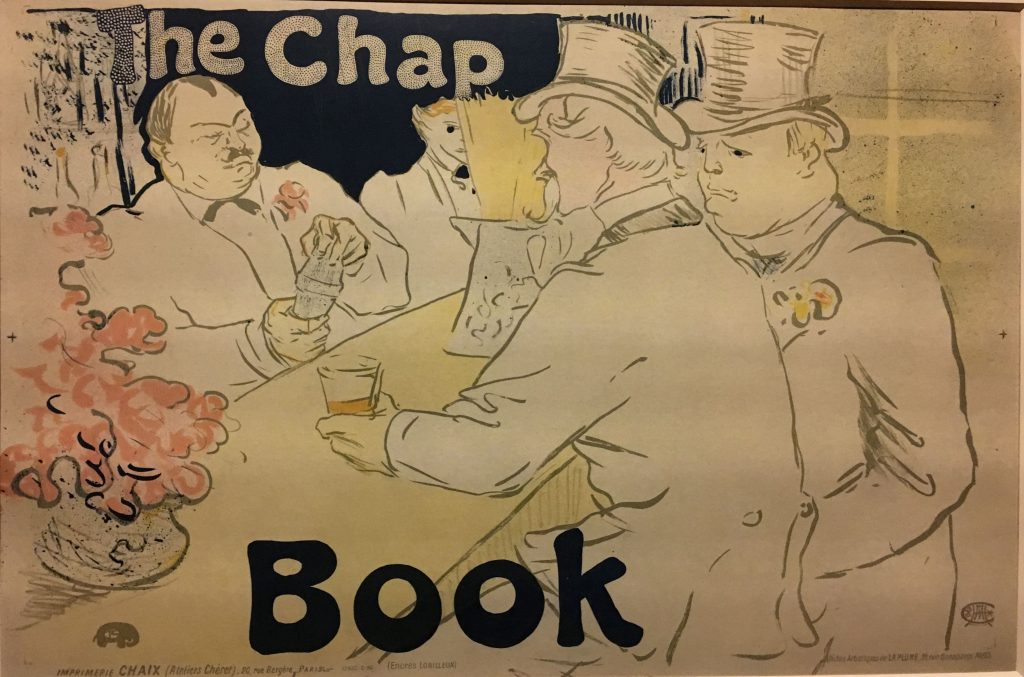
One Comment on “Toulouse Lautrec, the young master of Montmartre”
What a wonderful appreciation of one of my favorites . Félicitations chérie !